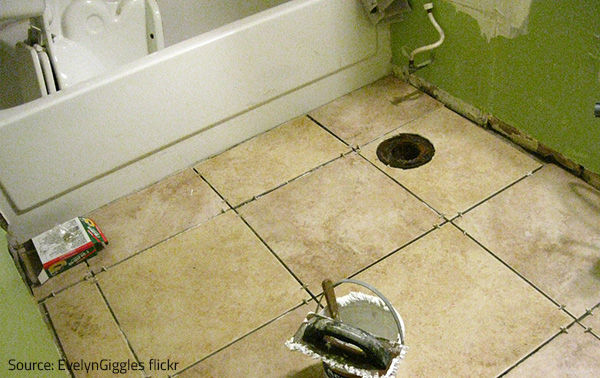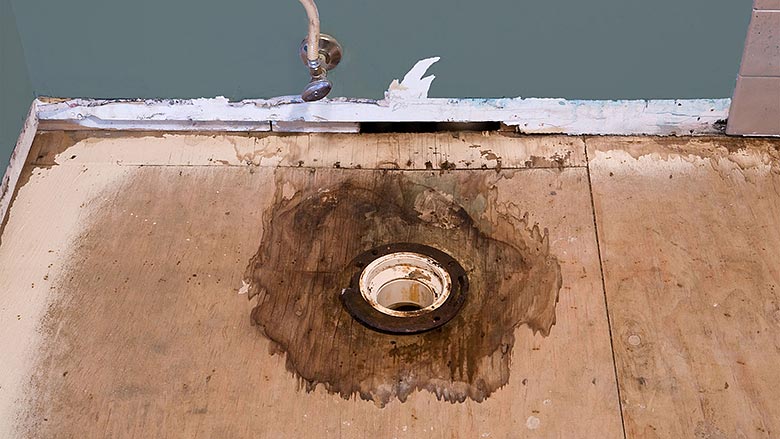This great article following next about Preventing Water Damage in the Bathroom is really captivating. Give it a try and draw your own personal conclusions.

The washroom is incredibly prone for moist build-up and also possible water damage as a result of the frequent use of water in it. This short article provides easy evaluation strategies to help spotting water damage hazards.
The regular use water in the bathroom makes it extremely vulnerable for damp build-up and also possible water damages. By inspecting it frequently, you can decrease water related damages.
The following set of inspections is easy to perform and also need to be done as soon as in every 3 months in order to keep your restroom in good shape and to prevent possible water problems triggered by the tub, the shower, pipe joints and plumbing, sinks, closets, as well as the bathroom
Do not overlook executing these assessments as well as be comprehensive while executing them. Bear in mind that these simple examinations can save you a great deal of money by giving very early indications for water damages
Sinks and Cabinets
Sinks as well as cabinets are revealed to moisture and also humidity day-to-day and are commonly neglected. Evaluate regularly under the sink as well as on the countertop over it. Fix any drip in the trap as it might recommend drainpipe problems. Browse the sink, slow-moving draining pipes may suggest an obstructed drain. Replace sink seals if they are cracked or loose.
Bathtub as well as Shower
The shower as well as tub need unique interest as well as upkeep. Inspect the ceramic tiles as well as change if split. Make certain that there is no missing out on cement in between the ceramic tiles. Check as well as change split caulking at joints where the wall surfaces satisfy the floor or the tub. Clogged drains and pipes troubles will certainly protect against the bath tub from drying out as well as might suggest major issues underneath the tub. Talk to an expert right away to prevent structural damages. Take notice of stainings or soft locations around the bathtub walls as they might suggest an internal leakage.
Plumbing
Signs for water damage are tough to find because the majority of pipes are installed inside the wall surfaces.
Pay special focus to floor covering as well as walls moisture and also spots as they may indicate an unseen plumbing trouble. Inspect moisture degrees in adjoining rooms also.
The Bathroom
The toilet is an at risk water junction. Check the water lines and also search for leaks around the commode seat, in the hose pipe, and under the water container. If you discover any indicators of wetness on the flooring around the bathroom, check for leakages in the toilet rim and also storage tank seals.
Be aware that hanging commode bowl antiperspirants boosts the chances for obstructions.
10 TIPS TO PREVENT WATER DAMAGE IN THE BATHROOM
The average household uses approximately 80-100 gallons of water per person per day. For a family of 4, that's almost 2,500 gallons of water a week! The largest portion of this consumption comes from bathroom use. Flushing the toilet uses the most water, followed by taking a shower or bath. With that much water running through the home, water damage in the bathroom is bound to happen. Knowing how to spot signs of a water leak is essential to preventing long-term damage. This guide provides you with tips to reduce the impact of water damage on your bathroom.
CAUSES OF BATHROOM WATER DAMAGE
- Pipe breaks are the most common cause of water damage we see in our daily jobs. The age of a pipe plays a large role in a pipe break as well as corrosion. Over time, the metal begins to break down, allowing water to escape. Frozen pipe breaks are also a concern in the winter months.
- Toilet overflows caused by paper products or children flushing inappropriate items.
- Degraded caulking around the toilet or bathtub can allow water seepage, sometimes behind the fixture, into the subfloor or walls.
- Condensation forms when the water in a pipe is cooler than the air temperature. Beads of water form on the exterior of the pipes, sometimes so much so that the water begins to drip and pool below.
- Sink or shower backups created by poor drainage.
HOW TO PREVENT WATER DAMAGE IN YOUR BATHROOM
- Inspect your toilet supply line for worn or frayed hoses and replace them as needed.
- Winterize your plumbing to prevent a frozen pipe break.
- Use vent fans to prevent condensation that can lead to mold growth.
- Routinely check and replace degraded caulking around your toilet or bathtub.
- Increase the temperature in your toilet tank and insulate your pipes during the warm summer months to keep condensation from forming.
- Use child safety locks on the toilets.
- Flush only toilet paper. "Flushable" wet wipes are actually not good for your plumbing system. Additionally, feminine hygiene products should not be flushed.
- Prevent water from escaping the tub or shower. Make sure shower curtains are in good condition. Inspect shower doors and replace the seal strip if necessary.
- Wipe up any water that accumulates on the floor and use bath mats. Water left to sit can cause damage to the tiles and flooring.
- Refrain from using bath products containing heavy oils to avoid a clogged drain.

We were made aware of that write-up about How to Fix a Water Damage Bathroom from a good friend on our other website. Sharing is nice. You just don't know, you could be doing someone a favor. Thank you for your time. Visit again soon.
Schedule An Appointment
Comments on “Just how to avoid a Water Damaged Bathroom”